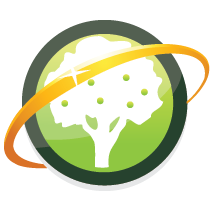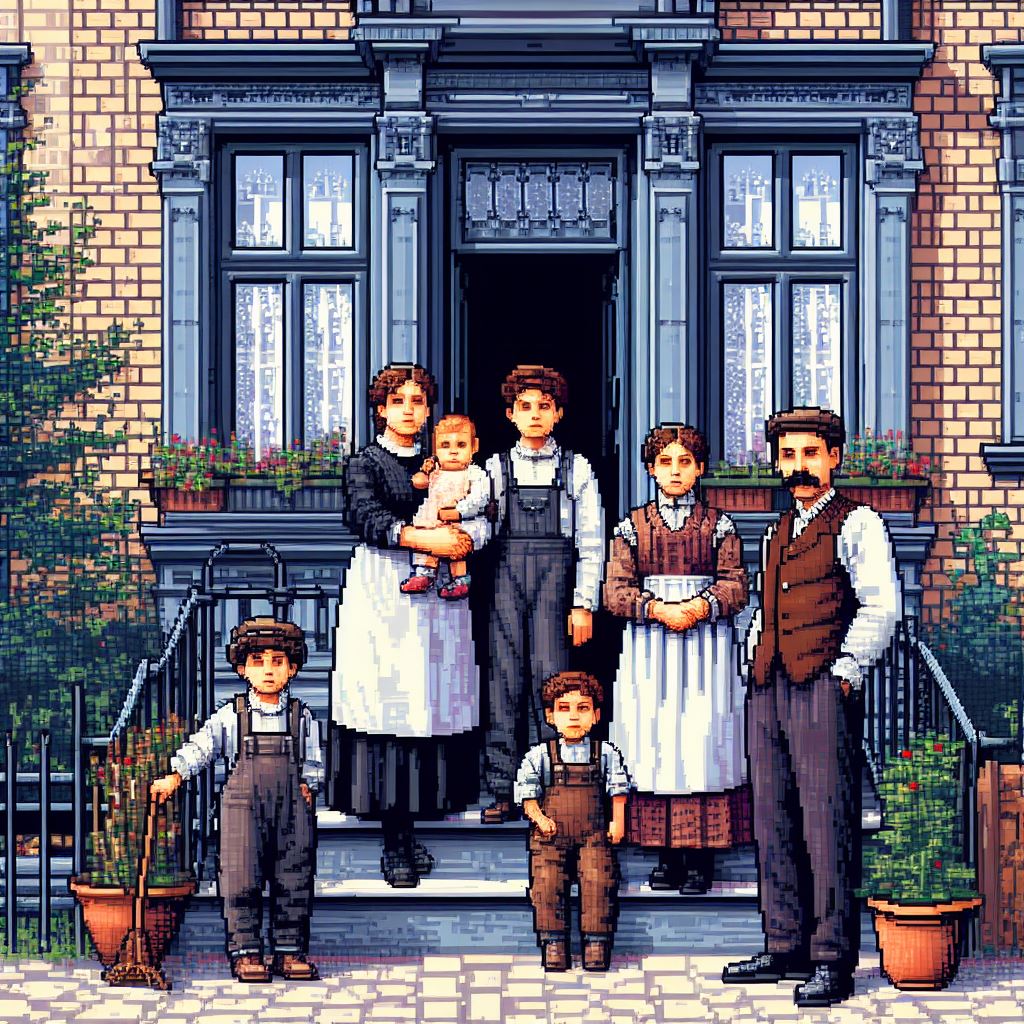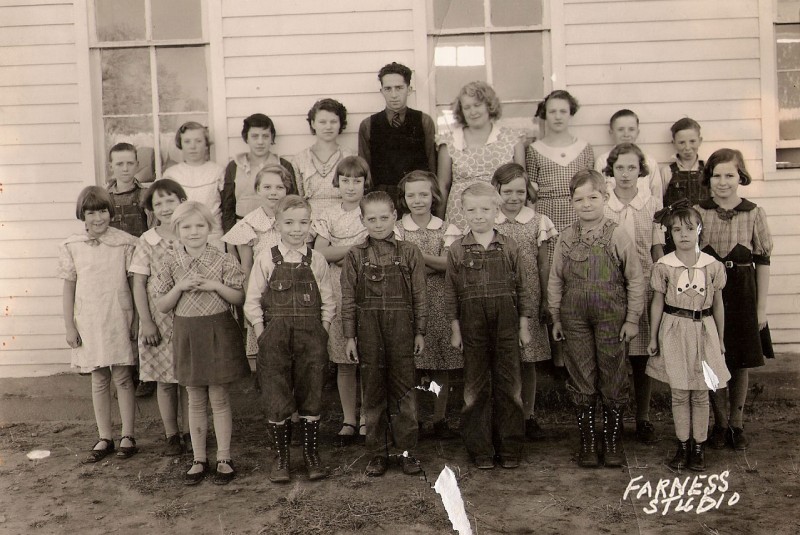
Another culture that helped shape Wisconsin into what it is today is the Dutch culture. I may throw in some Belgian stuff, also, since my family crosses into both and the history also crosses into both. My maternal grandmother’s ancestors were mostly Dutch and Belgian (though she’s the “mixed bag” in my tree, bringing in French, French-Canadian, Belgian, Dutch, German, and some others.)
This group seemed to congregate in the east central part of the state, up near Green Bay and Appleton, Wisconsin, which we call the Fox River Valley. You can tell this by the city, place, and family names in that area. Names like Holland and Vandenbroek and a lot of family names that start with “Van.”
Between 1840 and 1890, Wisconsin was a major center of Dutch immigration. Father Theodore Johannes Van den Brock was an early promoter of Dutch Catholic immigration to Wisconsin and beginning in 1848, he helped to bring 40,000 Catholic Dutch to Wisconsin. Most Dutch immigrants to the Fox River Valley followed the Erie Canal-Great Lakes route, landing in Green Bay where many chose to remain. Later Dutch settlements in Wisconsin were generally small agricultural communities. – WisconsinHistory.org
One of my families that came into that area was the Van Parijs family. Somewhere along the line, they changed their name to Van Price (which caused me some trouble, as I posted about earlier.) They settled in the Shawano County area (pronounced like Shaw-no.)
My maternal grandmother’s maiden name is DeBroux (Dah-broo), which is, from my research, from Belgium. They liked to hack the spelling of this surname up in the census. I found it listed by such spellings as DeBrue and Gebroux (but some of these are probably based on the transcriptions.)
The DeBroux family came from Belgium in the late 1800s and settled in Langlade County, which was a popular area for these two cultures. An interesting fact about my DeBroux ancestors that came to Wisconsin is that their names are somewhat unique and I thought that this might help me find information on them. His name is Desire DeBroux and her name was Desiree (unknown surname.) Unfortunately, this is not the case, but it was worth a shot.
Here are some good Dutch/Belgian links for Wisconsin and elsehwhere:
Photo © Jenny Rollo









